5 Common Recycling Myths, Debunked
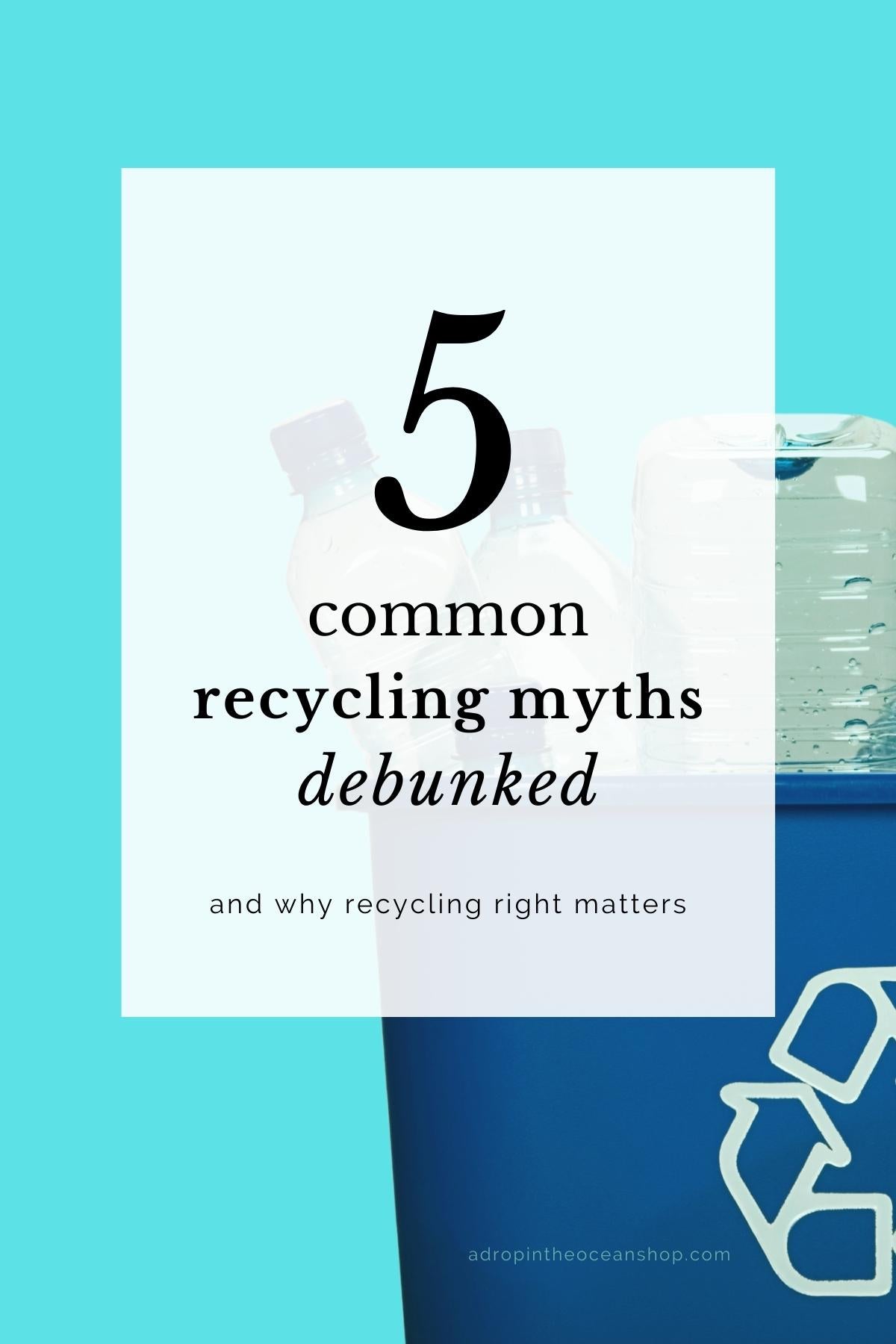
This post first appeared in our weekly Make Waves Mondays email series on July 4, 2022.
Hey friend and happy Plastic Free July! It’s that time of year again when we get to recalibrate, refocus, and find new ways to reduce our plastic use. If you haven’t yet joined the Plastic Free Ecochallenge, go there now! I’ll wait 😄
If this is your first time hearing about the Plastic Free Ecochallenge, allow me to introduce you...
The Plastic Free Ecochallenge is a month-long effort for all of us to shift away from single-use plastics for our planet and ourselves - in actionable, tangible, and sustainable ways.
Throughout the month, you’ll choose your own path to plastic-less living, track your actions, find inspiration in camaraderie, and watch our collective impact add up. It may not seem like our individual actions matter, but when we all take action together, we can make change.
No matter where you are on your sustainability journey, there’s actions for you in this Ecochallenge.
Just hearing about the problems with plastic? Go strawless, fill a water bottle, switch to a bamboo toothbrush, and watch a quick video on plastic production.
Ready to amp up your efforts a bit? Conduct a waste audit, swap your disposable razor for a stainless steel option, join a river cleanup, and spend some time learning about environmental justice.
Feelin’ like a pro? Call your public officials, dig into bioplastics, chat with your favorite restaurant owner, give a no-spend month a shot.
You may already know that in my previous life I worked as the Conservation Specialist at the Columbus Zoo, and during my time in this role developed this challenge which has continued to grow over the past several years.
This year Columbus Zoo brought me back on to breathe new life into this challenge and I'm SO excited to be back.
A Drop in the Ocean doesn't have a team this year, but if you want me as your Team Captain, please join me over on the Columbus Zoo team! There will be prizes throughout the month - including a discount to the shop 😉 All throughout the month, I’ll be right by your side (virtually), cheering you on and sharing as many resources as I can find.
If you'd prefer to find a team closer to home, check out the full list to join a team near you, or join the Community Team!

Now, since it is Plastic Free July and all, this month I’ll be focusing on plastics, recycling, and greenwashing for our Make Waves Mondays.
If you’ve been around this corner of the interwebs for a while, you know I’m never one to villify plastic. Should we do our best to reduce it where we can? Absolutely. But plastic isn’t the real problem here - it’s our relationship with “stuff” and how we manage it.
You also know that recycling is one of my favorite things to talk about. Especially because I’m a firm believer that we should be recycling less, not more, when it comes to going zero waste or plastic free. But in order to do that, we need to have access to products that are packaged better and we need to know how to recycle right - wherever we are.
So today I’m debunking five common recycling myths so you can be confident that your recycling efforts are anything but in vain. And if you're less familiar with all of the terminology around recycling and sustainability, check out our full blog on the 22 Sustainability Buzzwords you need to know.
Myth #1: If something has the recycling symbol (♻️) on it, it’s recyclable.
Truth: The recycling symbol basically means…nothing at all.
Sometimes this symbol means the item is technically recyclable somewhere. It may even have some text next to it that says “recyclable where facilities exist.” But more often than not, those facilities simply don’t exist. Beverage cartons are a primo example of this.
Other times the symbol means the item was made from recycled materials. This doesn’t necessarily mean the item can be recycled. For example, paper napkins are often made from recycled paper, but they cannot be recycled again because the fibers are too short.
If the symbol is on something plastic, it’s usually joined by a number 1 through 7, which means way more than the symbol itself.
Take a look at the recycling symbol on your shampoo bottle or laundry detergent jug. Do you see a number inside of it? That number tells you what kind of plastic that item is made of.

Unfortunately, not all plastics are accepted by recyclers. Plastics #1 and #2 are the most commonly accepted, but everything else - usually - goes straight to trash. And even when those plastics are accepted by your city’s recycling program, they’re usually not recycled in the way we’ve been led to believe…
Wanna learn more about what the recycling symbol really means? Check out our full blog post all about it!
Myth #2: If I put my plastic bottle in the recycling bin, it will be recycled into another plastic bottle.
Truth: Plastic can only be downcycled, also known as open-loop or cascading recycling.
Glass and aluminum are infinitely recyclable, meaning a glass bottle or an aluminum can can be recycled back into a new glass bottle or aluminum can without any loss in quality.
Fun fact: a recycled aluminum can can be back on grocery shelves as a new aluminum can in just 60 days.
Plastic, on the other hand, loses quality every time it’s recycled. That’s why we don’t typically see plastic products made with 100% recycled plastic. A plastic bottle will likely be downcycled into something like a park bench or a sweater, rather than a new plastic bottle. This is great for keeping materials out of landfills, but doesn’t actually do anything at all to reduce the demand for new, virgin, plastic bottles.
According to a report from the Ellen MacArthur Foundation in 2016, only 14% of plastics are collected for recycling, and only 2% are actually recycled (aka closed-loop recycling). 4% are lost in the process and the rest are downcycled.

Plus, that sweater and that park bench can’t be recycled again. They’re going to end up in landfills once they reach the end of their usable lives.
Myth #3: If I’m unsure if something can be recycled, I should put it in the recycling bin just in case.
Truth: This is called wishcycling, and it can actually cause less to be recycled.
Wishcycling = Putting an item in the recycling bin hoping [wishing] that it can be recycled. Wanna learn more? Read our blog all about wishcycling.
One of the things I find most fascinating about recycling is that studies have shown that our brains really want to do the right thing. If we have access to a recycling bin, we’re more likely to consume single-use or plastic items - even if those things aren’t actually accepted for recycling! It’s great that we inherently want to do the right thing, but incorrectly recycled products cause recycling contamination.
Let’s take plastic bags for example. Plastic bags are not accepted by any city recycling program that I’ve seen. They’re thin, they’re lightweight, and they have basically no resale value in the recycling market. Because of their lightweight nature, plastic bags that are incorrectly put in recycling bins often get tangled in the recycling equipment, causing the entire plant to shut down, costing time, money, and resources - and could damage the equipment leading to even more time, money, and resources spent.
It feels wrong, but if you’re unsure if something is accepted for recycling by your city and you can’t find the information on your city’s website, toss it.
Wanna learn more about wishcycling? Check out our full blog post all about it!
Myth #4: I don’t need to rinse out my recyclables before putting them in the bin.
Truth: Recycling that isn’t empty, clean, and dry contaminates the recycling stream.
Always, always, always make sure that your recyclables are empty, clean, and dry before putting them in your recycling bin.
Contamination from foods and liquids (including water!) can contaminate an entire bale of recycling, sending it straight to landfill.
Again, I know we want to do the right thing by recycling, but if we’re recycling incorrectly, we’re actually causing more damage than good. When it comes to recycling, quality is far more important than quantity. Personally, I’ve been known to send empty containers through the dishwasher before putting them in my recycling bin. It takes me no extra time and I’m doing my part to ensure my recyclables have the best chance of actually being recycled.
This is one of the most important steps in the recycling process.
Myth #5: Compostable plastics (aka bioplastics) can be recycled.
Truth: Bioplastics contaminate the recycling process and should never be put in the recycling bin.
You may already know I think bioplastics are greenwashing. And if you didn’t…now you do 😁
Compostable and biodegradable plastics (a distinction for another post) are not made from petroleum like conventional plastics are, but they also don’t break down like organic material does and can’t be processed for recycling like conventional plastics.
Bioplastics cause unnecessary steps in the recycling process to remove them from the recycling stream, wasting time, energy, and resources.
If you don’t have access to an industrial composting facility that accepts compostable plastics, these materials should be thrown away.
Here’s what you need to know, friend.
Recycling guidelines vary widely from city to city. What’s accepted for recycling where I live may be different than what’s accepted where you live. Any time I share information about recycling, it’s always general guidelines that would follow nearly anywhere [in the US], but the best thing we can do is to check the recycling guidelines for our cities.
To find out what’s recyclable where you live, just Google, “what’s recyclable in [your city]” or “[your city] recycling.”
If you’ve fallen for any of these myths before, that’s okay! We all out here doing the best we can, when we can, where we can. The number of plastic bags I put in my recycling bin in college would shock you - and I lived on a dorm floor surrounded by environmental science majors! None of us knew.
But once we’re armed with the info, we can start to make changes. And that’s what it’s all about.
Progress over perfection. One small action at a time.
So come join us over at the Plastic Free Ecochallenge, and I’ll see you again next week!
Related:
3 ways to spot greenwashing
Are pizza boxes recyclable?
How green are specialty recycling programs?
Is bioplastic the answer we've been looking for?
Recycling vs. Composting: Which is more sustainable?
What exactly does the chasing arrows recycling symbol mean?
What is greenwashing?
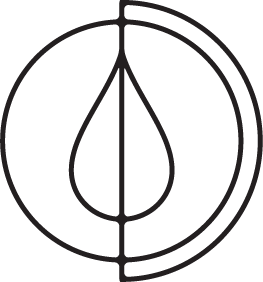

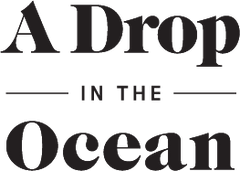
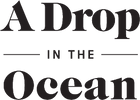


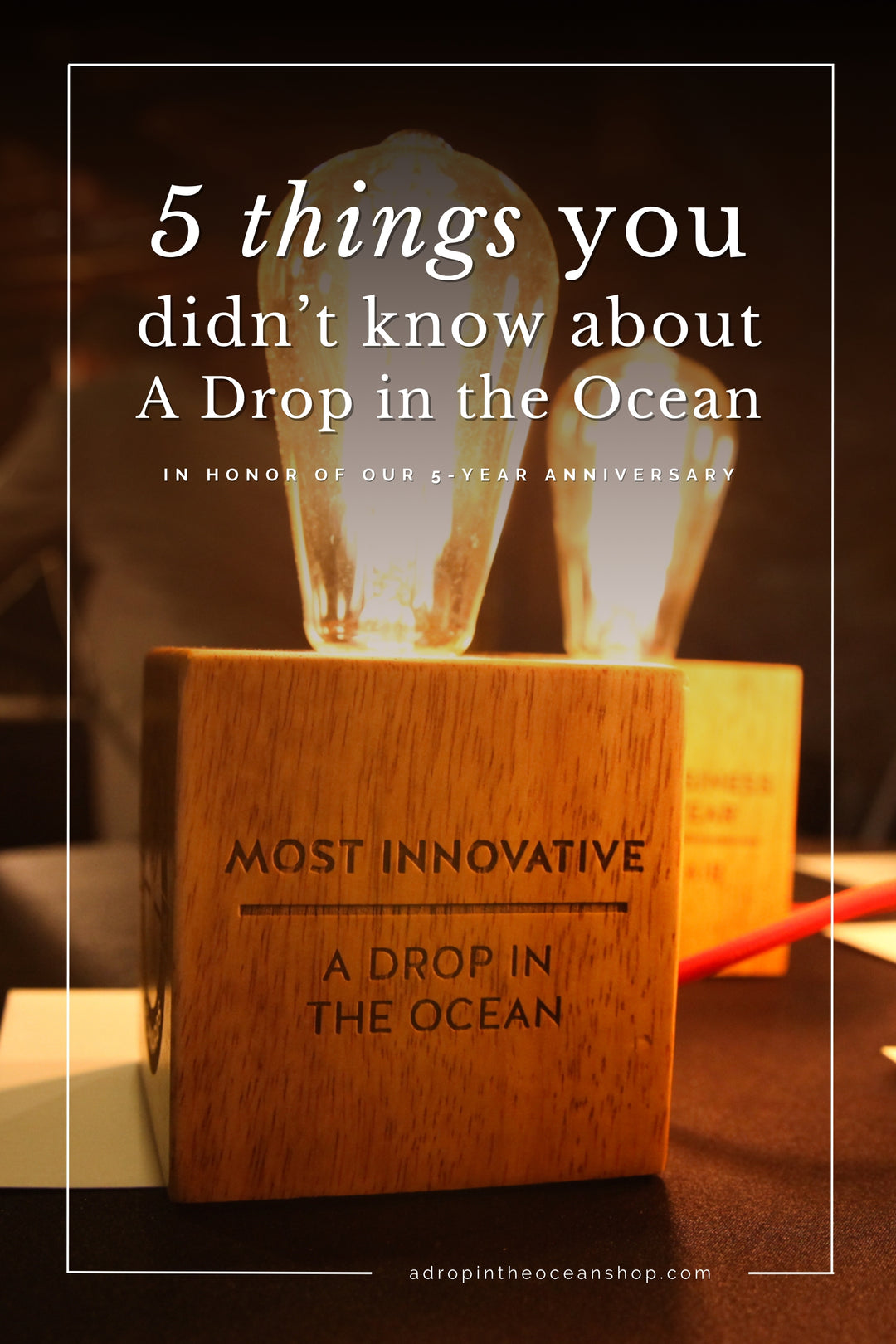
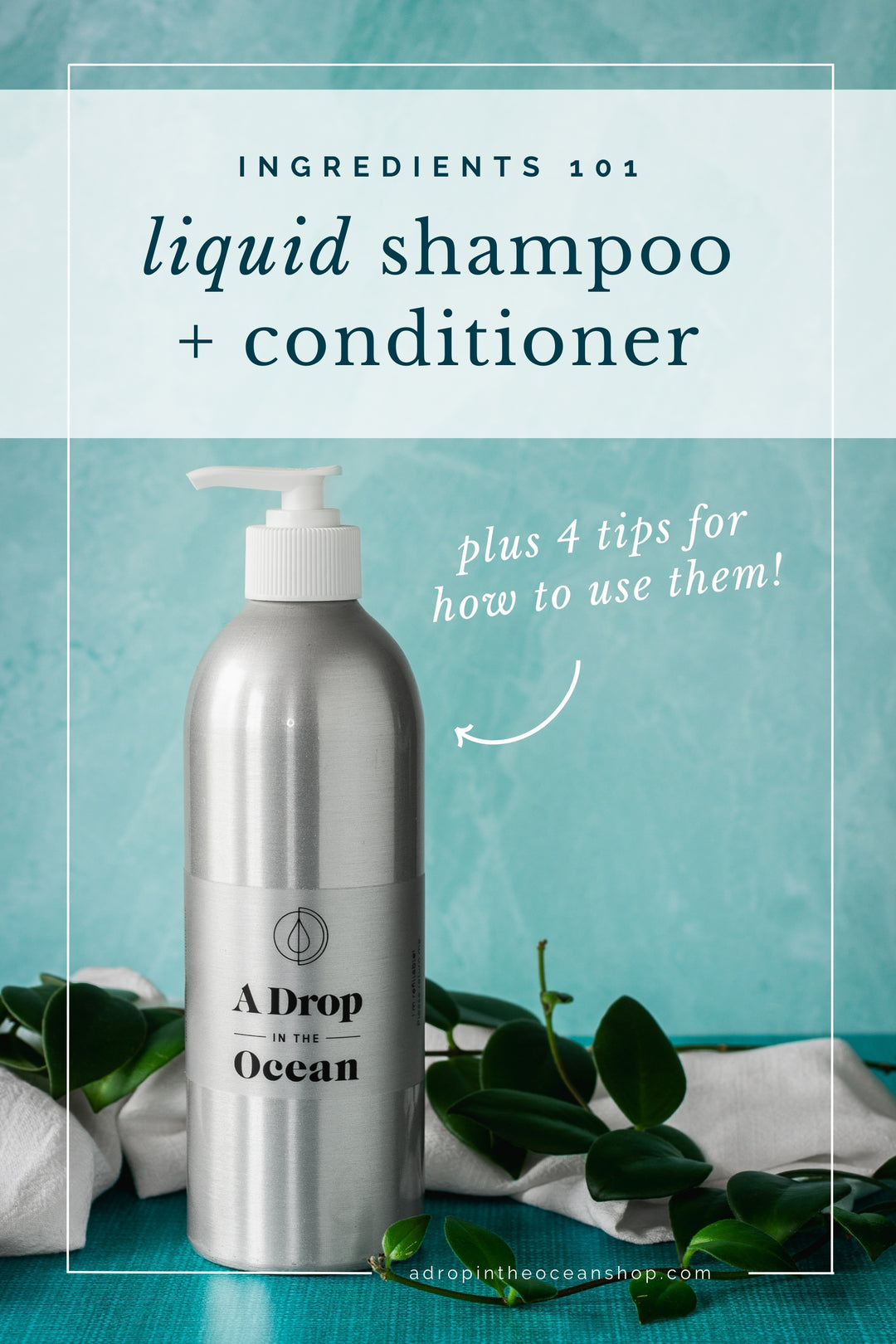

Leave a comment